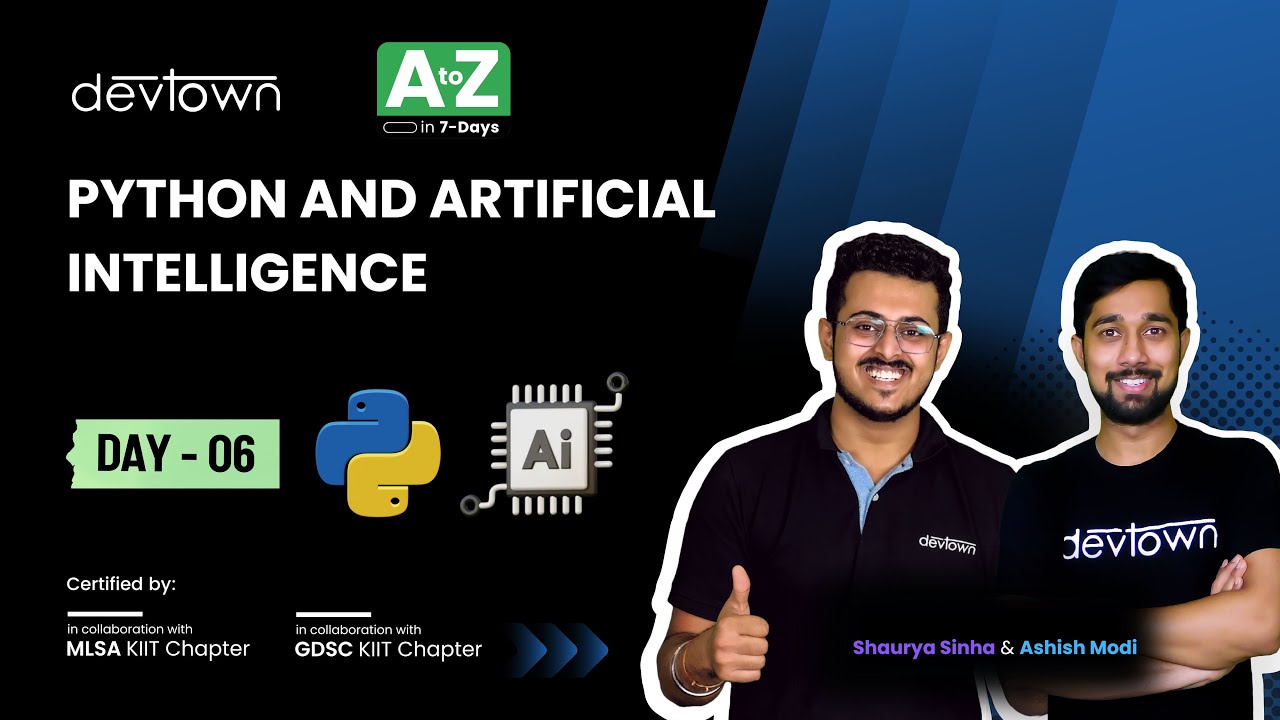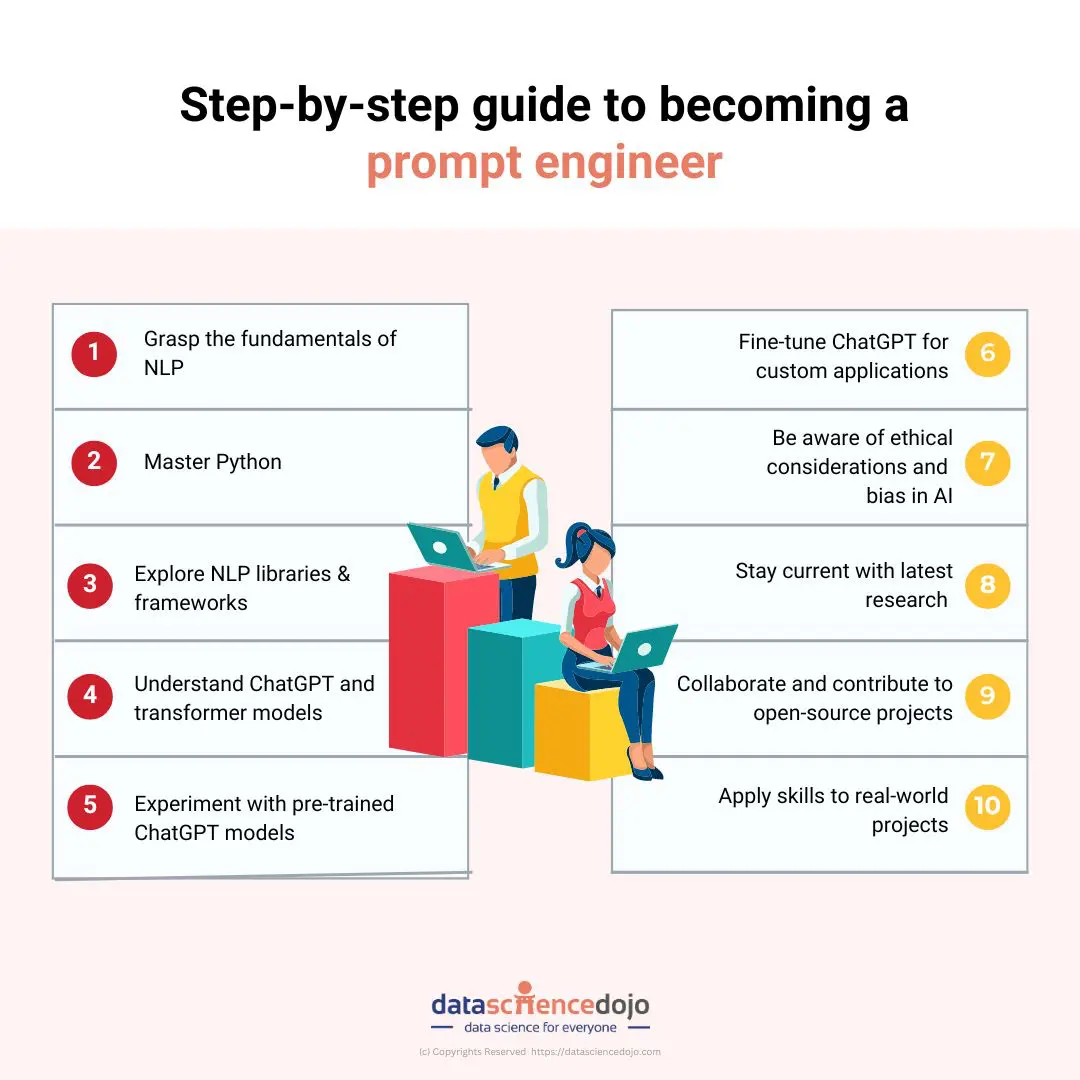
Uniting the Future: A Journey Through Recent Advances in Python and AI
Advancements in technology are not merely incremental; they often mark new epochs in programming and artificial intelligence. This piece explores three significant themes: the revolutionary free-threaded build of Python 3.13, essential prompt engineering skills for aspiring AI enthusiasts, and a record-breaking programming class in Lisbon that brought together diverse learners to embrace coding with Python.
 Advancements in technology are shaping the future of programming.
Advancements in technology are shaping the future of programming.
Python 3.13: Embracing Free-Threading for True Concurrency
The release of Python 3.13 is a landmark moment for developers looking to increase efficiency in their applications. The elimination of the Global Interpreter Lock (GIL) signals a new era of concurrency, important for applications that require seamless multitasking. This free-threaded build allows Python threads to operate without the usual constraints, enabling full utilization of multi-core processors by running multiple threads in parallel.
This change will have profound implications for CPU-bound operations, benefiting areas such as data analysis, machine learning, and web development. Unlike previous versions, where Python threads could interfere with each other and slow things down, the new version opens doors to performance optimizations previously thought impossible.
Installing the Free-Threaded Version
For developers eager to dive into this newest incarnation, installation options are user-friendly. Python 3.13 offers binary releases for both Windows and macOS, simplifying the setup process. Users simply select the free-threaded build during installation, and they will be equipped with two executables: python and python3.13t.
On Windows, using the py tool allows an easy selection of the desired Python build. The command:
PS C:\Users\serda> py -0p
will guide users through the installed versions, confirming that the free-threaded environment is available.
Getting started with Python 3.13 is simpler than ever.
Utilizing Free-Threaded Python
Once installed, programmers can leverage this advancement without changing their code, provided they use constructs like ThreadPool. Here’s a simple example:
import time
from concurrent.futures import ThreadPoolExecutor as TP
def task():
n = 0
for x in range(10_000_000):
n += x
return n
with TP() as pool:
start = time.perf_counter()
results = [pool.submit(task) for _ in range(6)]
print("Elapsed time:", time.perf_counter() - start)
print([r.result() for r in results])
This snippet showcases how tasks can be executed concurrently, drastically reducing the time to complete processes that previously slowed Python applications.
The Rising Profile of Prompt Engineering
As AI technologies pervade every facet of career landscapes, a new role emerges—the Prompt Engineer. This position requires a unique blend of skills, ranging from a solid grasp of Natural Language Processing (NLP) to adeptness in programming languages like Python. As AI chatbots and support systems dominate interactions, effective prompt crafting becomes essential in guiding these machines towards producing accurate and relevant results.
Essential Skills for Aspiring Prompt Engineers
- Understanding NLP: Familiarity with syntax, semantics, and context ensures prompts yield the desired outcomes.
- Proficient Programming Skills: Knowledge of Python or similar languages aids in automating and refining the prompting process.
- Machine Learning Knowledge: Grasping the fundamentals of machine learning enables engineers to fine-tune how prompts interact with AI models effectively.
- Critical Thinking: The ability to experiment with language and context fosters the development of effective prompts.
- Curiosity for Lifelong Learning: Science and technology evolve rapidly; thus, a continual commitment to learning is paramount.
- Data Interpretation Skills: The analysis of text patterns leads to improvements in crafting precise inputs.
- Effective Communication: Simplifying complex AI behaviors for clients and collaborators remains a key asset.
- Attention to Detail: Minor variations in prompt phrasing can lead to significantly different outputs.
- Collaboration Skills: Succeeding in cross-functional teams is vital for creating optimal AI solutions.
- Ethical AI Awareness: Prompt engineers must navigate ethical considerations carefully to mitigate risks associated with bias and privacy.
 Mastering prompt engineering ushers in a new wave of AI capabilities.
Mastering prompt engineering ushers in a new wave of AI capabilities.
By honing these skills, professionals position themselves as vital contributors to future developments in AI. With growing interest, especially among younger generations, resources abound for those eager to learn—from online courses to community forums.
How to Start Learning Prompt Engineering
For those eager to embrace prompt engineering skills, a structured approach can make the learning process exciting:
- Start with Curiosity: Engage dynamically with AI technologies.
- Learn Basic Coding: Familiarize yourself with foundational programming skills.
- Explore NLP: Take advantage of free online resources from platforms like Coursera and edX.
- Experiment with AI Models: Hands-on practice will deepen understanding.
- Collaborate: Join projects or communities to enhance your learning journey.
- Stay Current: Follow AI research and trends to remain informed.
Breaking Records: The Largest Programming Class in History
On October 12, 2024, a monumental event unfolded at the Tech Institute of Lisbon, where over 1,700 students and learners gathered to participate in a groundbreaking programming lesson—a Guinness World Record for the most participants in a single programming class.
History in the making at the Tech Institute of Lisbon.
This record-setting event eclipsed the previous record of 724 participants set in Dallas in 2016. The teaching session, lasting 75 minutes, introduced students to the world of programming using Python. Led by accomplished instructors, including a noted AI specialist and two other experienced educators, the session covered foundational concepts and practical coding skills.
Learning Python
The class began with an introduction to algorithms, followed by hands-on Python coding lessons. Participants were guided through tasks, including creating a program to solve Sudoku puzzles, ensuring that the teaching methods remained engaging and relevant.
A Growing Interest in Coding
As programming becomes increasingly vital in our digital world, events like this ignite interest and diversity in tech fields. The energy in the room reflected a shared enthusiasm for learning about technology and promoting inclusivity within programming spaces.
In addition to the record-setting accomplishments on-site, an even larger virtual programming event drew more than 112,000 participants in April 2021, showcasing the global hunger for learning programming skills.
Conclusion
The continuous evolution of technology presents boundless opportunities—from Python’s groundbreaking update with free-threaded capabilities to the expansive realm of AI prompt engineering and the capacity for collective learning evidenced by record-breaking classes. These developments underscore the importance of adaptability, collaboration, and a commitment to lifelong learning. Embracing the future means engaging with these technologies actively, ensuring not just personal growth but also contributing to a vibrant and inclusive digital landscape. It is a pivotal time for anyone willing to take the leap and engage with the tools shaping our world today.
For those interested in starting their journey, explore essential resources from sites like SimpliLearn and Udemy to guide your path.
Additional Resources
- Explore more about Python 3.13
- The importance of Ethical AI Principles
- Engagement in productive AI applications
- Career opportunities in AI
Through these tools and educational resources, the potential for personal and professional growth remains limitless. What will you explore next?















